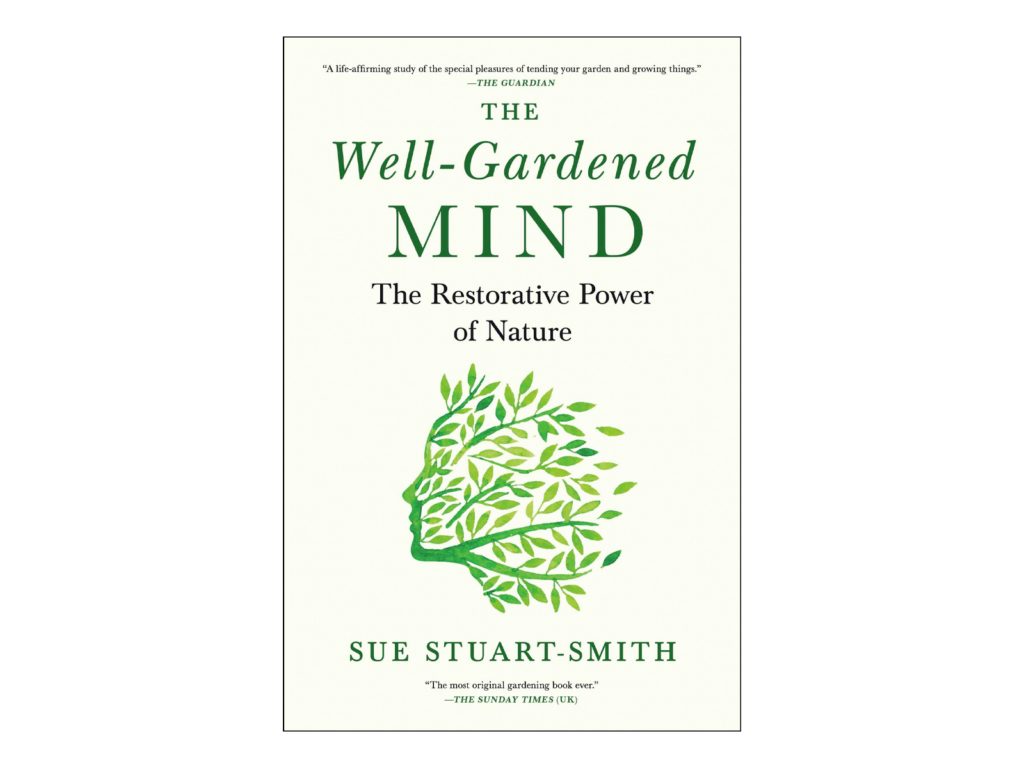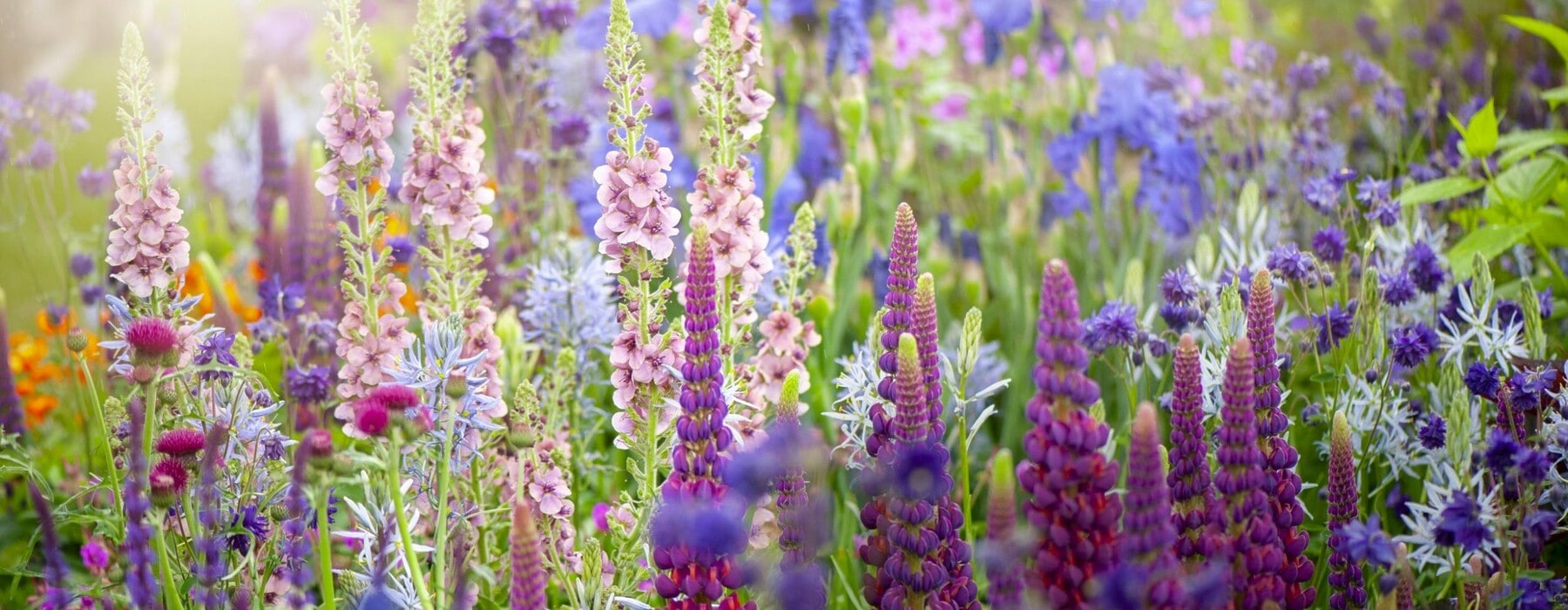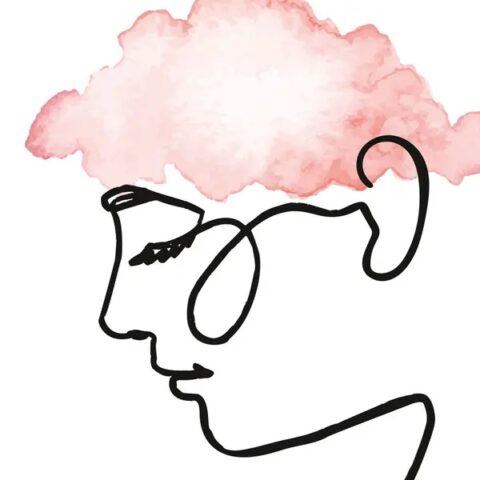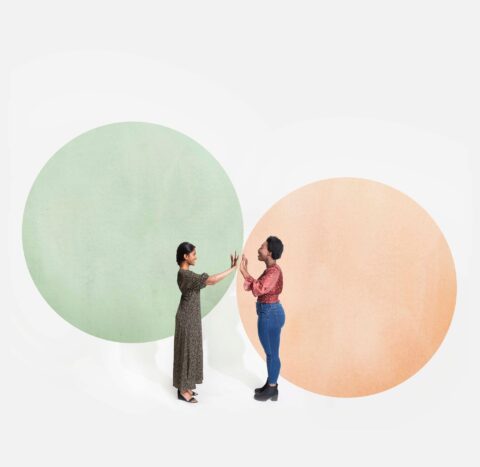In an acclaimed book, psychiatrist and psychotherapist Sue Stuart-Smith writes about the power of nature to satisfy our deepest human needs, especially in urban spaces.
There is a corner of my vegetable garden where some lupins grow. Although their roots are growing in Hertfordshire soil, each summer when they come into flower, they transport me back to a valley deep in the heart of the island of Crete.
This little patch of lupins brings back a memory of travelling with [my husband] Tom to look at wildflowers. We were staying in a remote taverna where the owner had offered to be our guide for the day. The three of us set off walking and talking, occasionally stopping to look at plants or sample the tender wild asparagus that was growing in abundance. At some point, Tom and Lambros made a diversion to look at a tree but I was enjoying my rhythm and strode onward, following the winding route.
As I turned a corner, I saw a grove of olives entirely surrounded in blue. We had seen some lupins earlier that morning, but this was a meadow full of them and on such an impressive scale – it was irresistible. I left the path and clambered up, picking my way through the host of flowers.
From the look of the trees, it was an ancient place, and with a feeling that I had stumbled on something almost secret, I came to a halt. How long I stood basking in blue, with the sun beating down from clear skies overhead, I cannot say. Time seemed not to be passing but stretching and a profound stillness entered into me. The spell was only broken when I heard a familiar voice calling my name. Then I savoured a last solitary moment before summoning the others to join me.
As soon as we were back at home, I searched for wild lupin seeds, filled with a desire to reconnect with that moment in the Cretan meadow. Seeds of that strain are hard to come by, and in the end I settled for a different wild form – Lupinus perennis. The lupins that I grew that year and still grow now, are taller and their colour does not match the brilliance of that original blue. Yet this patch of lupins has remained for me an incarnation of another place. Each summer as they come into flower, a gateway opens in my mind through which I can retrace my Cretan steps.
Green therapy
Like other artistic endeavours, garden making can be a response to loss. Creating a garden can be as much a re-creation as a creation; an idea of paradise, something that connects us with a landscape we have loved and which compensates us for our separation from nature.
Way back in ancient history, the fabled hanging gardens of the city of Babylon were intended to do exactly that. King Nebuchadnezzar II wanted to alleviate his wife’s pining for the lush green mountains of the homeland she had left behind. In constructing a garden pyramid with elevated walkways, he gave her the next best thing to a green mountain, on which she could stroll and ease her homesick heart.
Long before this, the ancient Sumerians started building cities, and when they did so, they brought nature into them. The idea of greening the city is not a modern one: urban parks and gardens are as old as cities themselves. Plans of Uruk, one of the very first cities of all, built in about 4000 BC and located in what is now Iraq, show that it was one-third garden or park, one-third field and one-third dwellings.
The ancient Romans called it “rus in urbe”: literally “bringing the countryside to the city”. Rus in urbe compensated people for living in a state of separation from nature and made it possible to have the best of both. The ancients recognised that gardens were revivifying and used the lushness of vegetation, the shade of trees and the beauty of flowers to enrich their urban environments.
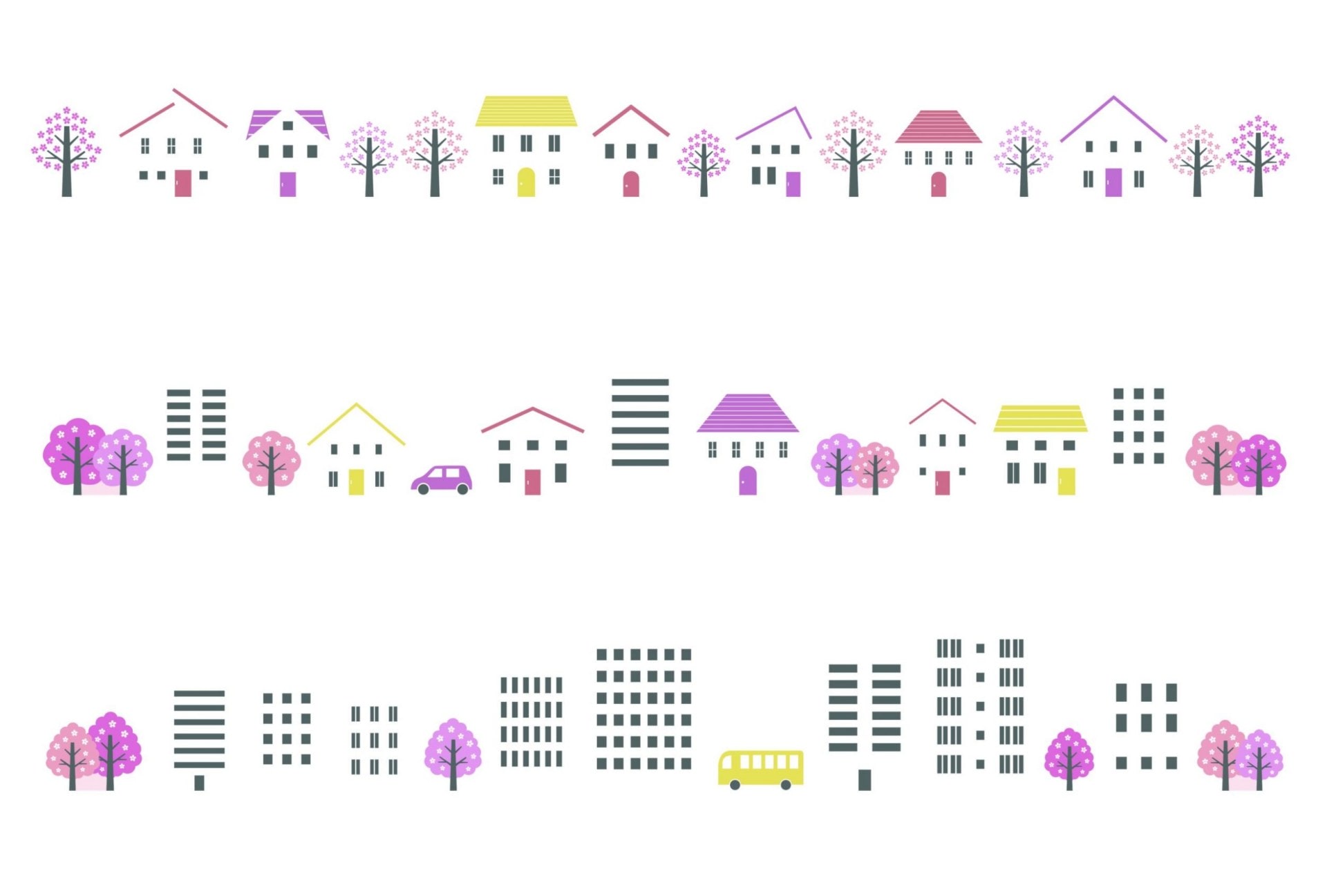
Cultivating islands of peace
Throughout history, even the most celebrated cities have been noisy, crowded and smelly. The great 17th-century essayist and gardener John Evelyn drew on the idea of rus in urbe when he proposed a series of parks and gardens around London to relieve the city of its noxious smog. His choice of plants included honeysuckle, jasmine, lilac, rosemary, lavender, juniper and musk roses.
These highly scented bushes and trees would, he thought, through “innocent magic”, “perfume the adjacent places by their breaths” and help counteract the sulphurous sea of coal smoke that filled the air.
Nature’s riches would bring other benefits for Londoners too, such as improved health, the enjoyment of beauty and opportunities for relaxation.
Evelyn’s bold plans were never realised, though he thoroughly understood the garden’s power to bring respite from the city’s excesses. Trees filter noise and plants clean the air, but Evelyn’s “innocent magic” lies in the way that gardens simultaneously soothe and stimulate all five of our senses so that we are carried away by the sensuality of it all.
Even a little pocket of garden can create an island of peace that helps to counteract the wear and tear of city life and feed our longing for contact with the natural world. With carefully selected flowers and trees, and maybe flowing water, such spaces can transport us far from the confines of the city, without us ever having to leave it.
Green land is life-sustaining land, its greenness signifying abundant food and reliable water supplies.
There is no escaping the fact that it is green leaves that support life on this planet, from the air that we breathe to the food that we eat, but it’s easy to forget this elemental truth in the cities of today with their landscape of metal, glass and concrete and the 21st-century food that comes in a tin or plastic tub. The Old Testament saying ‘All flesh is grass’, sounds almost sinister to our modern ears, so far removed are we from the basic facts of life.
When we are surrounded by streets and tower blocks, nature can feel like something that happens in faraway places, and plants slip into the background of life’s necessities. And yet the green pulse of life still calls to us. The urban concrete and tarmac is hard on us, literally hard, and the noise and pollution speaks of the desert and the dust bowl. However much we are distracted by neon lights and drawn to the city’s humming, thumping energy, somewhere in the deep ancestral recesses of our minds an alarm bell rings, signalling to us this is not a good place to be. The taps may have running water in them, but still we are primed to respond to green.
Sometimes, all it needs is a suggestion: flowers on the windowsill, the sound of wind in the trees, the warmth of the sun or the gentle flowing of water. Nature’s riches are different to those that the city peddles and promotes.
